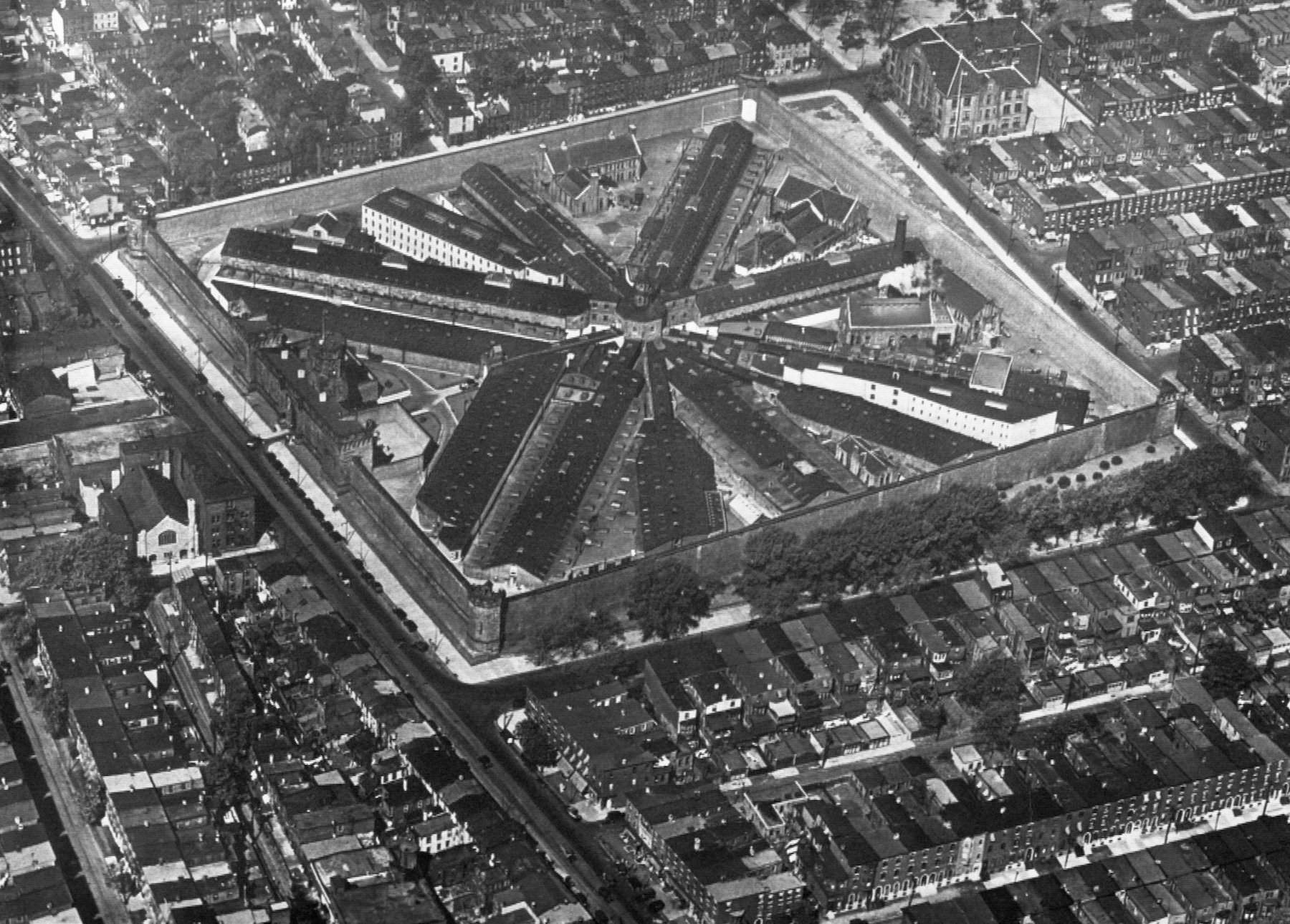What’s Happening: The American Institute of Architects (AIA) has approved new ethics rules that prohibit members from knowingly designing spaces intended for execution or torture, including prolonged periods of solitary confinement. According to the AIA Board, designing such spaces is inconsistent with architecture’s fundamental responsibility to protect public health, safety, and welfare, and uphold human rights. Since most jails and prisons contain solitary confinement, it’ll be much harder for them to get built—the AIA’s more than 90,000 members constitute a majority of the architectural profession across the United States.
The Download: For several years, architects have been championing similar rules against designing spaces intended for execution or torture. The AIA, however, has long resisted making an official declaration against it, claiming that architects weren’t responsible for torture policies and procedures that occurred in spaces they design. In 2015, the group rejected a petition calling on them to censure members who design solitary confinement cells and execution chambers, claiming that the death penalty was still legal in the United States.
After George Floyd’s murder, in May, the AIA has been reevaluating its stance and responding to greater calls for equity. The group apologized for its “inaction and inadequate attention” in addressing architecture’s role in perpetuating systemic racial injustice, and its New York chapter spoke out against designing criminal justice facilities soon after. “For too long, architects have been complicit in upholding intrinsic racism within the American criminal justice system,” the statement reads, calling on members to stop designing prisons, detention centers, and police stations, and take “actionable steps” to address systemic racism.
In Their Own Words: “We are committed to promoting the design of a more equitable and just built world that dismantles racial injustice and upholds human rights,” writes Jane Frederick, AIA 2020 president. “AIA members are required to uphold the health, safety, and welfare of the public. Spaces for execution, torture, and prolonged solitary confinement contradict those values.”
“Architecture has historically been a white, male-dominated profession that has participated in systems of oppression and injustice, including segregation and mass incarceration,” writes Raphael Sperry, a Bay Area architect and founder of advocacy group Architects/ Designers/ Planners for Social Responsibility (ADPSR). “This code change is a sign that things can change, and that they’re changing.”
Surface Says: It’s worth noting that ADPSR first petitioned AIA for this change six years ago and was rejected three times, so we’re thrilled to see AIA coming to its senses and finally taking a stance. It signals major forward movement for the industry.

